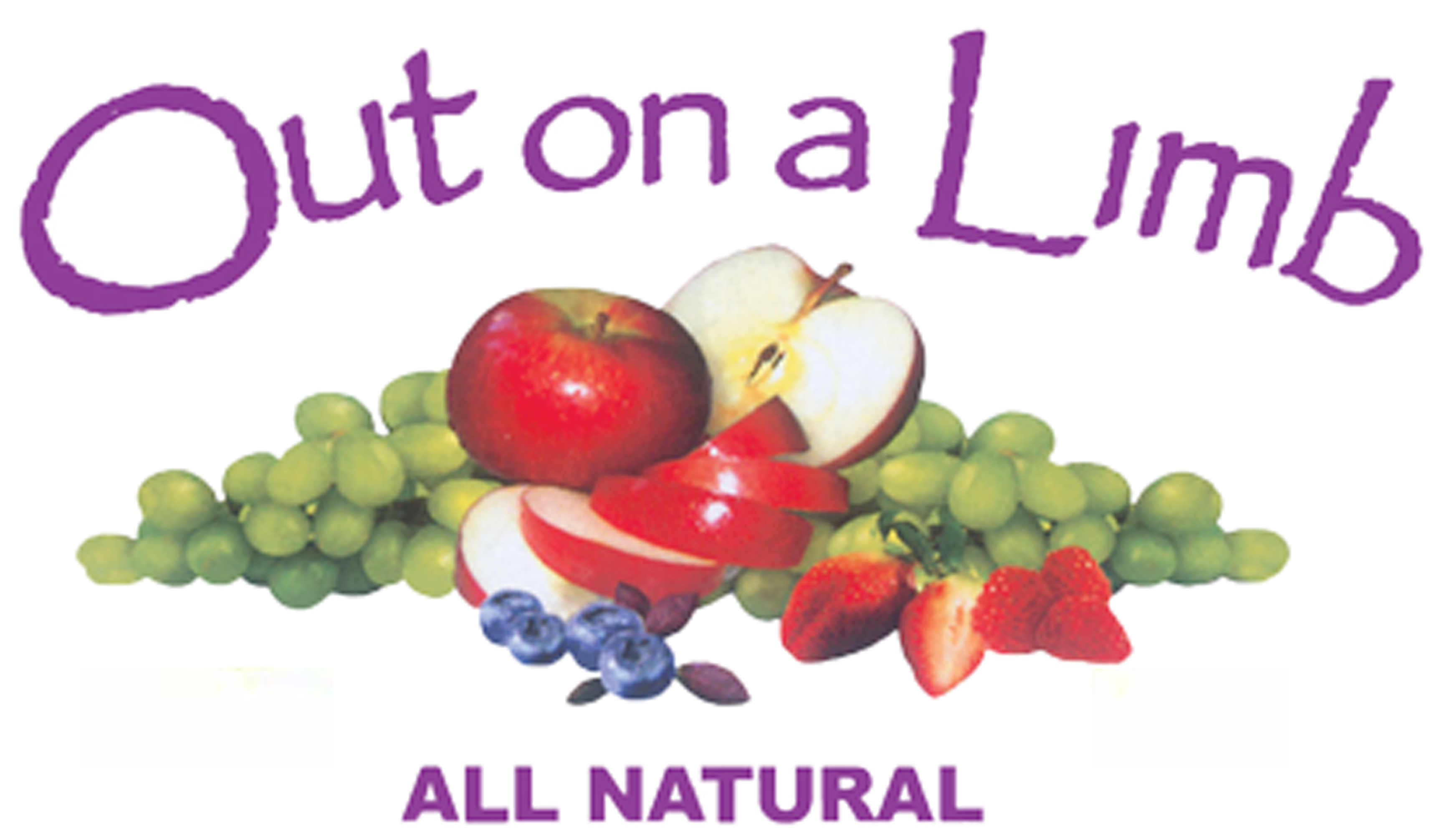Many years ago, people in Middle Eastern countries began making jelly and jam. Centuries-old, jams and jellies are renowned throughout the world for their fragrance and rich fruit taste. Some believe that the Crusaders traveling home from hard-fought conflicts first introduced jam and jelly in European countries.
The word ‘jelly’ comes from the French word ‘gelée’ meaning to congeal or gel. People used naturally-grown sugar cane to preserve their fruit. They would pick ripe fruits from their gardens and fill their tables during meal times. And Kings and Queens would serve jelly and jam on silver plates, offering the sweet delicacies to their guests.
In early New England, settlers preserved fruits with honey, molasses or maple sugar. By World War I, jam was extremely popular in the United States. Troops ate a product introduced by Paul Welch called ‘Grapelade’. From that point forward, jams and jellies have made their permanent mark on American history.
Following World War II, the market for preserve products has grown steadily and today, estimates of over 1 billion pounds of fruit spreads are produced each year. As the novelty of fruit spreads, jams and jellies has worn off, today’s taste and health conscious consumers now enjoy greater freedom to purchase spreads that are fresher and come in a wider variety of flavors than traditional mass-produced brands.
That’s just where our nutrition-conscious product line comes in! Out On A Limb’s fruit jellies, fruit spreads and fruit syrups can be found in over 250 shops across Maine, and through our website, our products can be bought and shipped nationwide.

